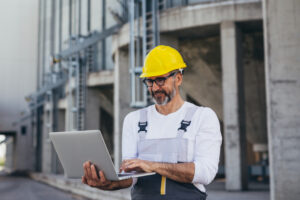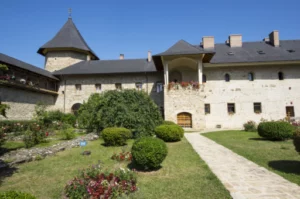San Antonio Faces Crucial Decisions on Proposed Downtown Stadium
San Antonio is at a crossroads as community members passionately voice their opinions regarding a proposed baseball stadium downtown. The San Antonio Independent School District (SAISD) meeting attracted a crowd of supporters wielding signs, emphasizing their commitment to keeping control over local land.
Who Is Involved?
The key players in this situation are the San Antonio Independent School District and city officials, including members of the San Antonio City Council. Residents are actively engaging in public dialogue regarding the future of their community and the proposed land usage for the new baseball facility.
What Is Happening?
The meeting highlighted strong local sentiment against the editorialized notion that SAISD should yield to demands from the city for its property. Many attendees argued that if the city wishes to acquire the land, they should offer a fair price rather than pressuring SAISD into an unfavorable deal.
Where and When Is This Taking Place?
This discussion unfolded in San Antonio, specifically during a recent SAISD meeting where community stakeholders gathered to express their views on the potential impact of a new stadium downtown. The dialogue around this issue is becoming increasingly urgent as city officials consider multiple projects aimed at enhancing the downtown area.
Why Is This Important?
The stakes are high for San Antonio as the city grapples with multiple proposals for sports facilities, including a new arena for the Spurs, which could shift local identity away from its historical roots as “Military City, USA.” Critics fear an oversaturation of sports venues could leave several of them underutilized, including the existing Frost Bank Center and the Alamodome. Concerns have been raised about the feasibility of these new constructions, including their impact on local traffic and how existing facilities will be managed.
The sentiment was echoed by residents who questioned the logic behind renovating existing venues. One attendee pointed out that simply building new structures won’t guarantee crowds: “Build it and they will come” has not proven to be a reliable mantra in recent years. Many wonder who will utilize these facilities if the Spurs relocate and if local audiences will fill the seats.
Calls for Clarity and Accountability
Residents are increasingly advocating for more transparency regarding these new developments. Some have suggested that the issue of the stadium and related projects be put to a public vote for a better understanding of community needs and expectations. Key questions remain unanswered, including costs associated with these projects and how they would affect current traffic patterns.
With citizens sounding the alarm on proactive measures, the ongoing discussions signify that San Antonio must evaluate its priorities carefully. As the potential for significant change looms overhead, the community waits to see if leaders will prioritize transparency, fiscal responsibility, and local welfare in their decision-making processes.
Conclusion
As the battle for the future of San Antonio’s sports facilities continues, all eyes are on SAISD and city officials. The residents continue to voice their concerns, and it is clear that the outcome of this discussion could reshape the city’s identity for years to come. The challenge lies not just in the construction of new venues but in ensuring that these developments genuinely serve the people of San Antonio.







